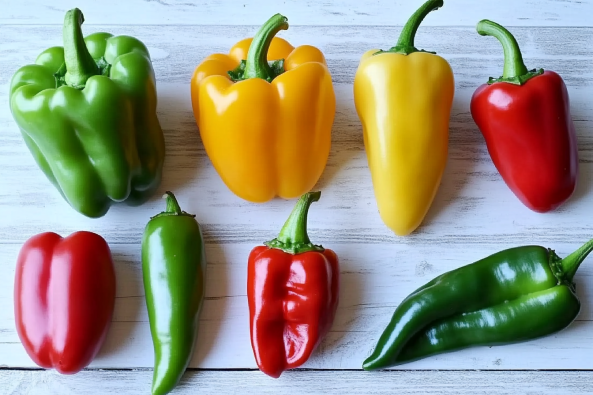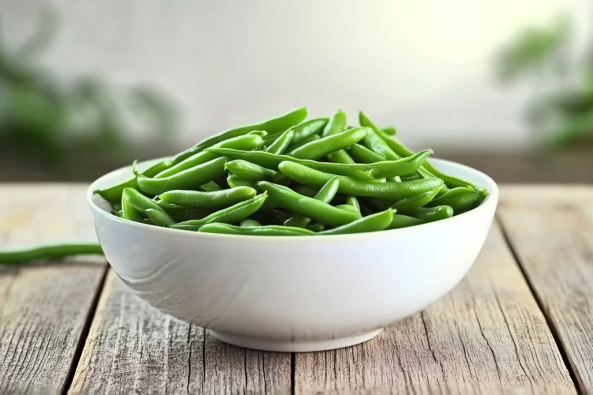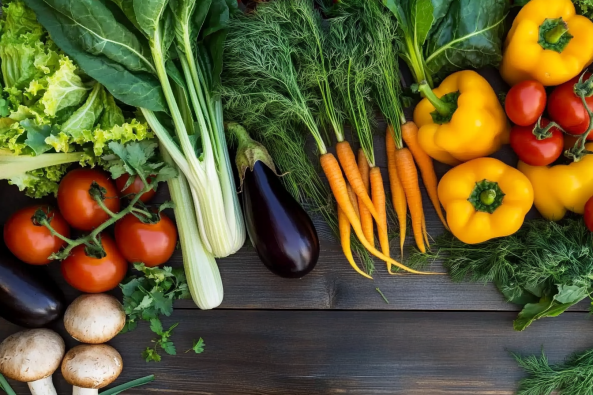Why Grow Vegetables in Buckets?
Bucket gardening is an excellent way to grow fresh vegetables, even if you have limited space. Whether you live in an apartment, have a small backyard, or want to maximize your gardening efforts, growing vegetables in buckets offers numerous benefits.
Benefits of Bucket Gardening
- Space-Saving: Perfect for balconies, patios, and small gardens.
- Cost-Effective: Buckets are affordable and can often be repurposed from household items.
- Easy Maintenance: Requires less weeding and provides better pest control.
- Portable: Move plants to optimal sun exposure or indoors during extreme weather conditions.
Choosing the Right Buckets
- Size Matters: Opt for at least 5-gallon buckets for most vegetables to ensure adequate root space.
- Drainage is Key: Drill holes at the bottom to prevent waterlogging.
- Material Considerations: Use food-grade plastic or durable metal buckets to avoid contamination.
Best Vegetables to Grow in Buckets
1. Tomatoes
Tomatoes thrive in buckets with proper support and care.
- Best Varieties: Cherry tomatoes, Roma, and determinate varieties are ideal.
- Soil & Watering: Use nutrient-rich soil and water consistently to prevent splitting.
2. Peppers

Peppers are another excellent bucket-friendly crop.
- Sweet vs. Spicy: Bell peppers and banana peppers work well, as do hot varieties like jalapeños.
- Sunlight & Temperature: Require full sun (6-8 hours) and warm temperatures.
3. Cucumbers
Cucumbers grow well in containers with proper support.
- Vine vs. Bush Varieties: Bush varieties work best, but vines can be supported with a trellis.
- Supporting Plants: Use stakes or cages to keep them upright and healthy.
4. Eggplant
Eggplants need deep soil and warmth to thrive.
- Deep-Rooting Considerations: Use a 5-gallon bucket for optimal root growth.
- Fertilization Tips: Feed regularly with balanced fertilizer for better yield.
5. Zucchini
Compact zucchini plants perform well in buckets.
- Compact vs. Sprawling: Look for container-friendly varieties like ‘Patio Star.’
- Pollination Tips: Hand pollinate if necessary to ensure fruit production.
6. Lettuce
Lettuce is one of the easiest vegetables to grow in buckets.
- Best Varieties: Butterhead, romaine, and leaf lettuces are great choices.
- Continuous Harvesting: Pick leaves regularly to promote new growth.
7. Spinach
Spinach grows well in cooler weather and thrives in buckets.
- Cool-Weather Growing Tips: Keep in partial shade to prevent bolting.
- Succession Planting: Sow seeds every few weeks for a continuous harvest.
8. Carrots
Carrots need deep buckets to develop properly.
- Best Deep Buckets: Use at least 12-inch deep buckets.
- Preventing Deformed Carrots: Loose, well-draining soil prevents stunted growth.
9. Radishes
Radishes are fast-growing and easy to maintain.
- Quick Growth: Harvest in as little as 30 days.
- Companion Planting: Grow with lettuce or spinach to maximize space.
10. Beets
Beets are dual-purpose, providing both greens and roots.
- Growing for Greens & Roots: Harvest leaves early while letting roots mature.
- Soil & Fertilization: Maintain a slightly acidic soil pH (6.0-6.5).
11. Green Beans

Green beans adapt well to bucket gardening.
- Bush vs. Pole Beans: Bush beans are compact, while pole beans need trellises.
- Trellising for Vertical Growth: Use stakes or cages to support pole varieties.
12. Potatoes
Potatoes are excellent for bucket gardening using a layering technique.
- Best Varieties: Yukon Gold, Red Pontiac, and Russets grow well in containers.
- Layering Technique: Add soil as plants grow to maximize yield.
Essential Tips for Bucket Gardening Success
Best Soil Mix for Container Vegetables
- Use a high-quality potting mix with good drainage.
- Avoid garden soil, which compacts and restricts root growth.
Proper Drainage & Watering Techniques
- Ensure buckets have enough drainage holes.
- Water deeply and consistently, especially in hot weather.
Fertilization Schedule for Healthy Plants
- Use a balanced fertilizer every 2-3 weeks.
- Add compost or organic matter to boost nutrients.
Common Mistakes to Avoid in Bucket Gardening
Overcrowding Plants
- Avoid planting too many seeds in a single bucket, as competition for nutrients can stunt growth.
Poor Drainage Issues
- Without proper drainage, plants can suffer from root rot. Drill holes before planting.
Inconsistent Watering Habits
- Under or overwatering can harm plants. Keep soil evenly moist but not soggy.
More Container Gardening Ideas
Vertical Gardening in Small Spaces
- Use trellises, wall planters, or stackable containers to maximize growing space.
Hanging Baskets for Herbs & Greens
- Grow herbs like basil, thyme, and mint in hanging baskets to free up ground space.
Using Grow Bags vs. Buckets
- Grow bags provide better aeration, while buckets are more durable and reusable.
Related Articles
- The Best Vegetables to Grow in Small Spaces
- How to Make Your Own Organic Fertilizer
- DIY Drip Irrigation for Container Gardens
By following these tips, you can successfully grow a variety of vegetables in buckets and enjoy fresh produce right at home!

